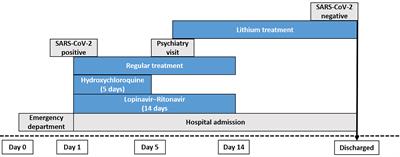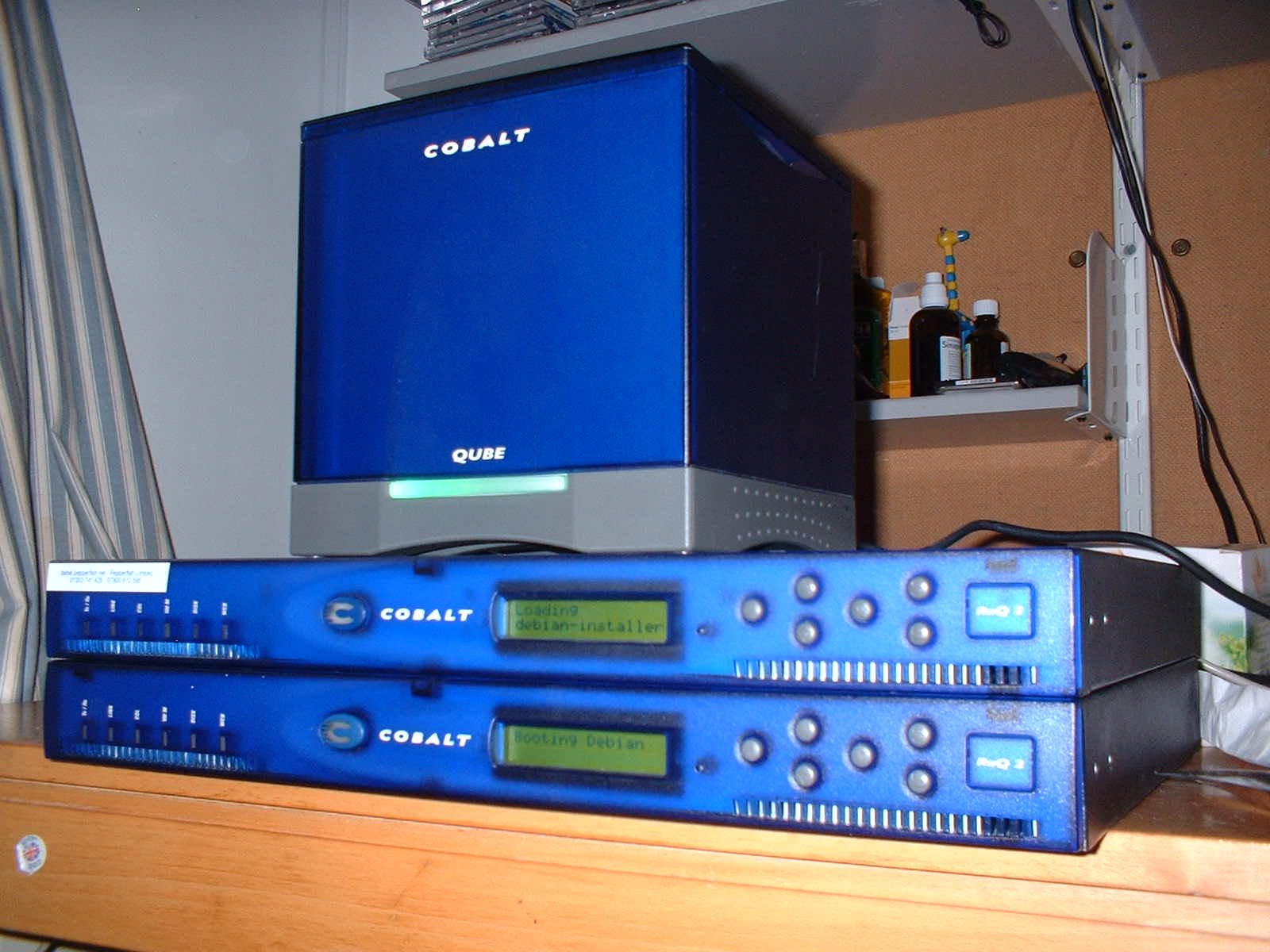Investing in cobalt and lithium has become an exciting opportunity for those looking to capitalize on the growing demand for electric vehicles and sustainable energy solutions. As the world transitions towards a greener future, these two resources have emerged as crucial components in battery production.
In this article, we will explore the basics of cobalt and lithium, evaluate the market dynamics surrounding them, discuss investment strategies, and highlight the long-term outlook for these investments.
Understanding the Basics: What are Cobalt and Lithium?
Cobalt and lithium are essential elements in sustainable energy solutions. Cobalt, a transition metal known for its magnetic properties and high melting point, is used in battery cathodes, gas turbines, and jet engines.
Lithium, an alkali metal, is lightweight and reactive, making it vital for lithium-ion batteries used in portable electronics, electric vehicles, and renewable energy storage systems. Both elements efficiently store and release electrical energy, playing a crucial role in achieving sustainable energy solutions.
Evaluating the Market: Supply and Demand Dynamics
Analyzing the supply and demand dynamics of cobalt and lithium is crucial for assessing their investment potential.
Key factors to consider include identifying major producers, assessing geopolitical risks, considering environmental concerns related to mining practices, and understanding the increasing demand from sectors like electric vehicles and renewable energy storage systems.
By evaluating these dynamics, investors can make informed decisions in this rapidly evolving market.
Investing in Cobalt: Opportunities, Risks, and Strategies
Investing in cobalt offers various opportunities. Traditional methods include exploring mining companies with significant cobalt exposure or considering commodity-focused exchange-traded funds (ETFs).
However, emerging opportunities lie in startups prioritizing ethical sourcing or diversifying through battery manufacturers or electric vehicle developers.
Investing in startups engaged in ethical sourcing practices ensures compliance with international standards and mitigates risks associated with unethical labor practices. Another promising avenue is investing in battery manufacturers and electric vehicle developers as the demand for cobalt used in lithium-ion batteries continues to rise.
However, it’s essential to consider the risks involved. The volatility of commodity prices poses a significant risk, driven by factors like geopolitical tensions and regulatory changes. Additionally, political instability and corruption in major cobalt-producing regions can create disruptions.
To mitigate risks, investors should carefully analyze market trends, assess potential returns on investment, and consider diversifying investments across regions or exploring alternative sources of cobalt.
In summary, investing in cobalt provides opportunities but requires careful consideration of risks and effective strategies. Exploring ethical sourcing startups and companies involved in battery manufacturing or electric vehicle development can be beneficial.
Analyzing market trends and assessing geopolitical risks are crucial for successful cobalt investments.
Investing in Lithium: Opportunities, Risks, and Strategies
Investing in lithium offers opportunities beyond traditional mining companies. Innovations in extraction technologies and battery manufacturers focusing on lithium-ion batteries provide new avenues for investment. However, it’s important to be aware of the risks associated with volatile commodity markets and geopolitical factors.
Staying updated on battery industry advancements and global clean energy trends is crucial for successful strategies. By carefully considering these factors, investors can navigate the evolving lithium market with confidence.
The Importance of Due Diligence: Key Factors to Consider
Conducting thorough due diligence is of paramount importance when considering investments in cobalt and lithium. Before delving into these resources, it is essential to assess the financial stability and long-term prospects of the companies involved.
By carefully analyzing market trends and growth potential, investors can identify promising opportunities for investment.
One crucial aspect to consider in due diligence is keeping a close eye on government regulations, policies, and industry standards. Staying informed about any changes or updates in these areas ensures compliance and minimizes potential risks.
Additionally, being aware of any geopolitical factors that may impact the production or distribution of cobalt and lithium is vital for making informed investment decisions.
Furthermore, responsible investing practices require evaluating the environmental and social impact of cobalt and lithium mining. As these resources are often extracted from delicate ecosystems, understanding the potential consequences on local communities and biodiversity is essential.
Investing in companies that prioritize sustainable mining practices not only mitigates environmental risks but also aligns with ethical considerations.
While analyzing the supply-demand dynamics of cobalt and lithium is crucial, it should be done within the framework of a comprehensive due diligence process. Understanding factors such as current market prices, future projections, and emerging technologies can help investors gauge the profitability and sustainability of their investments.
In summary, conducting proper due diligence before investing in cobalt and lithium is critical for success in this sector. Assessing financial stability, monitoring government regulations, evaluating environmental impacts, and staying informed about market trends are all key factors to consider.
By taking a meticulous approach to due diligence, investors can make informed decisions that align with their financial goals while also promoting responsible investing practices.
Managing Risks: Diversification and Portfolio Allocation
To manage risks effectively in investment portfolios, diversification and portfolio allocation strategies are crucial. By spreading investments across different sectors or commodities, the impact of fluctuations specific to cobalt and lithium resources can be minimized. Balancing risk with other options helps reduce vulnerability.
Allocating a portion of the portfolio to established companies adds stability amidst market uncertainties. These companies have proven their ability to withstand economic downturns and navigate volatile conditions, making them reliable anchors within a diversified portfolio.
Analyzing supply chain risks associated with cobalt and lithium investments is also essential. Thorough due diligence on suppliers, manufacturers, and distributors helps identify vulnerabilities that could impact resource value. Understanding the intricacies of the supply chain enables informed decision-making and reduces exposure to such risks.
Exploring alternative investment options further enhances risk management strategies. Investing in related industries or technologies that reduce reliance on cobalt and lithium provides opportunities for diversification while mitigating specific resource fluctuations.
Managing risks effectively requires diversification, allocation to established companies, analysis of supply chain risks, and exploration of alternative investments. Implementing these strategies safeguards portfolios against volatility while maximizing potential returns.
Long-Term Outlook: Cobalt, Lithium, and Beyond
The long-term prospects for cobalt and lithium investments look promising as sustainable energy and transportation trends continue to drive demand. Exploring advancements in battery technology opens up additional investment opportunities beyond these resources. However, it’s crucial to stay vigilant about potential market challenges or disruptions.
Conducting thorough due diligence and monitoring the supply chain can help manage risks effectively. By remaining informed and adaptable, investors can position themselves strategically in this ever-growing industry.
| Prospects | Supply Chain Analysis | Risk Management |
|---|---|---|
| Promising | Ethical Sourcing | Due Diligence |
| Growing Trends | Environmental Standards | Market Challenges |
| Investment Opportunities | Social Responsibility | Adaptability |
Taking the Leap: Getting Started with Cobalt and Lithium Investments
Investing in cobalt and lithium requires a well-thought-out strategy. Seek professional advice to make informed decisions. Start small and gradually expand your portfolio exposure to gain familiarity with the sector. Understand different investment options like stocks, ETFs, and direct investments.
Analyze supply-demand dynamics and long-term prospects. Diversify your portfolio beyond cobalt and lithium to manage risks effectively. With careful consideration, you can confidently navigate this exciting investment opportunity.
[lyte id=’BxawAbOkypY’]






